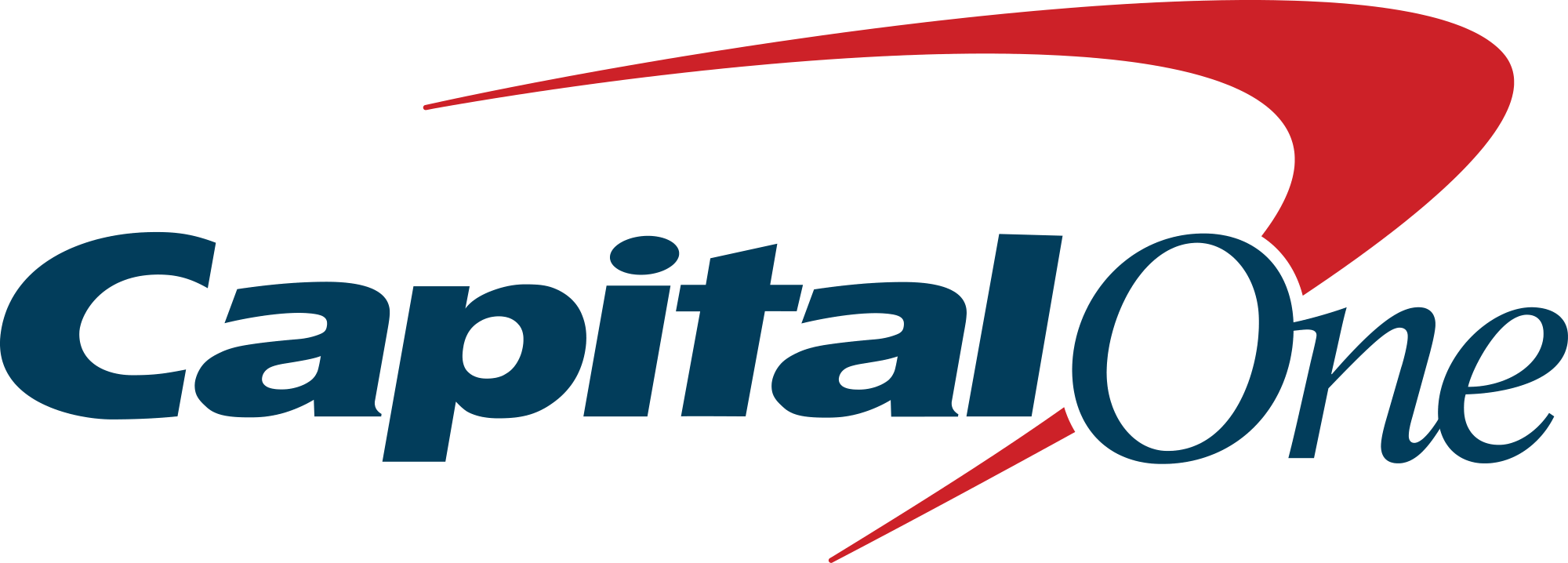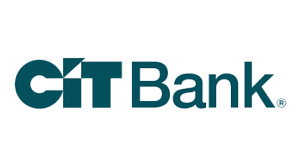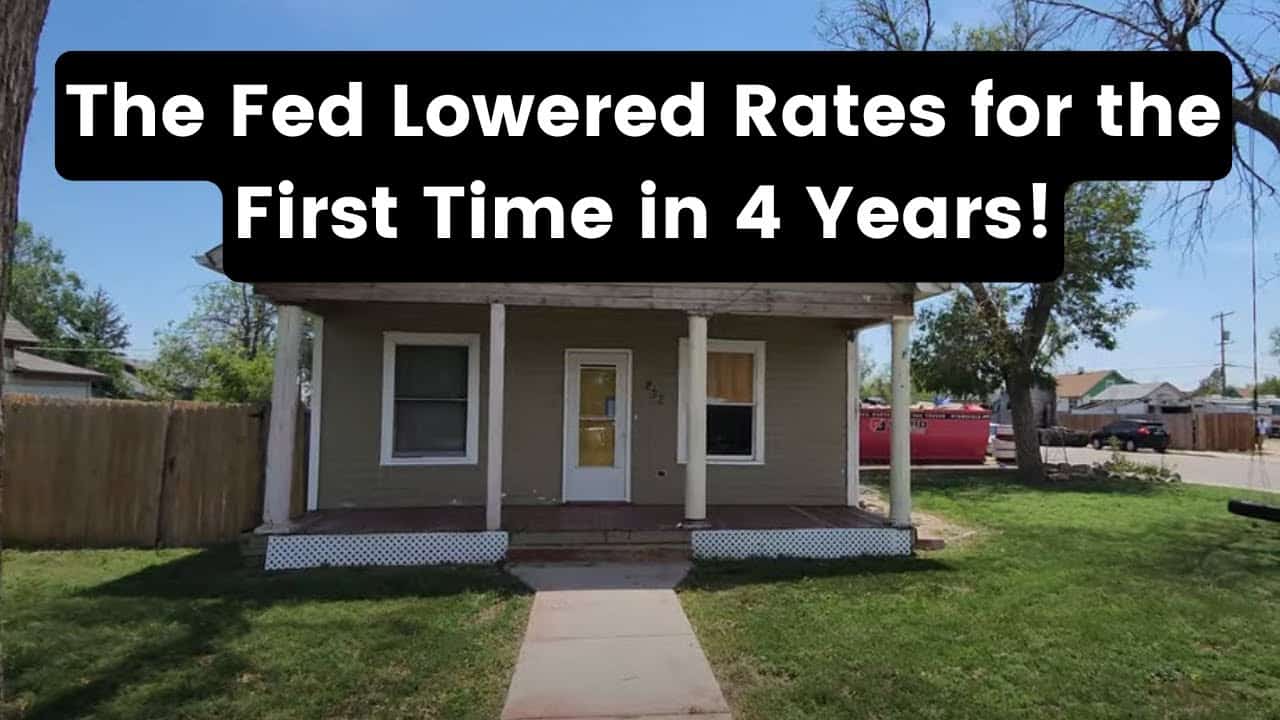

It has been almost one month since I created my Value Portfolio. This post is my first Value Portfolio Update on a long journey of monthly updates. Since it is only one month old, I do not expect a lot of movement.
Every month, I will take some time to talk about the portfolio and the companies in it. This month, I would like to talk about MercadoLibre. You’ve come to the right place to learn why MercadoLibre is also called the Amazon of Latin America.
FinChat – AI-Powered Research Platform
I created the charts in this post using FinChat, a new research platform supercharged with AI. If you want to try it out on your own, sign up on finchat.io for a 25% discount.
Portfolio Recap
- Inception: Feb. 6th, 2024
- Duration: 1 month
- Portfolio: V, SNPS, LRCX, MELI, NDVA, ASML, INTU, ISRG, COST
- Dividends: always reinvested
In the first month, my portfolio produced a gain of 4.74%. At the same time, the S&P 500 achieved a gain of 2.85%.
Of course, 1 month is not a lot of time, so don’t give too much meaning to any of that.


The individual performance of the 9 companies can be seen here:


Since I haven’t yet given that insight, here is my portfolio’s Sector/Industry breakdown.


A Closer Look At MercadoLibre
I would like to use the monthly update posts to discuss the different companies in this basket. In this month’s Value Portfolio Update, we are talking about MercadoLibre.
MercadoLibre is an e-commerce and fintech company operating in Latin America. Both segments are growing rapidly and have a lot of growth potential in the years to come. MercadoLibre has a proven track record of operating successfully and navigating in countries with a high inflationary environment.
In the e-commerce sector, it has demonstrated a strong performance with significant growth. Its Gross Merchandise Volume (GMV) showed substantial growth, reflecting its dominant position in the market. In Q4 2023, MercadoLibre reported a GMV of $13.5 billion, up 39.9% year-over-year (adjusted for currency exchange effects).
The second sector that MercadoLibre operates in is the fintech sector. MercadoLibre offers a product called Mercado Pago. It offers various financial services, including digital payments, credit card issuance, and other financial products. Mercado Pago is integral to MercadoLibre’s ecosystem, providing a seamless payment solution for both online purchases and broader financial transactions. In Q4 2023, MercadoLibre reported a total payment volume of $56.5 billion, up 57.2% year-over-year (adjusted for currency exchange effects).
To put those numbers into perspective, let’s look at the quarterly GMV and TPV numbers:


Additionally, take a look at the annual revenue composition of MercadoLibre. You can see that both of their segments are really growing in a big way.


MELI comes out of a multi-year margin expansion period.


In the last 5 years, its operating margin has improved from -6.7% to 15%, while its profit margin increased from -7.5% to 6.8%. During the same time, the gross profit margin remained relatively stable. While R&D investments remained stable, SG&A expenses declined from 45% to just 15% of revenue during that timeframe. In other words, MercadoLibre used the last 5 years to optimize its operational cost structure while still remaining competitive through innovation.
During that period, it has built a strong cash position compared to its debt. That strong balance sheet has allowed MercadoLibre to hire people at times when almost all companies have fired workers.
Some First-Hand Insights
Unfortunately, I can’t really try out the services of MercadoLibre myself. But I still wanted to get some first-hand experiences for the sake of this post. That’s why I asked 2 of my professional coworkers – I’m really grateful to have the opportunity to ask them about their experiences!
They are currently living in Uruguay and Brazil. One of them even originally comes from Argentina, so I’m getting some good insights on what real people think about MercadoLibre.
Here is what my coworker from Uruguay/Argentina had to say:
Argentina is a very socialist country. But with the recent government change, MercadoLibre seems more aligned to succeed in the long run. But navigating the economy in Argentina is never an easy endeavor. However, being a company that already has dealings around South and Central America, I think it has outgrown all risky Argentina politics.
Their reputation for customer experience is excellent. I use it once or twice a month and even recently bought something.
Mercado Page is pretty much used everywhere in Argentina and Uruguay. I don’t use it much, but I know many others do. However, there are things that one buys from Amazon or AliExpress when they are imported more easily. Keep in mind that I might be a bit biased here. I know more about e-commerce options than your average Joe.
And here is what my other coworker from Brazil had to say:
Well, at the beginning, they were very “suspicious,” but nowadays, I would say people use it every time. They expanded a lot, and the worst part was mailing stuff; our one and only postal system has problems.. but that is a different subject. Mercado livre (as it is called here) has a very nice reputation. Of course, not sure if you know, but there’s always the “Brazilian way,” and someone will try to scam and make money out of it, but we can trust the “Mercado livre warranty” seal and get our products or our money back. How often do we use it? Maybe once in two months, usually on electronics or something I wouldn’t find very easy. And on sales, of course. My sister, for instance, uses it far more than we do. MercadoPago is something we mostly use as insurance to ensure that something is safe to buy when we are not very sure about the seller. We also use it when we sell something on the platform. My mother use the credit card machine from MercadoPago at her hair salon. As for competitors, there’s OLX which is for selling used stuff, but Amazon marketplace is the biggest (MagazineLuiza as well). Those are big websites with a marketplace inside, and they operate the same way as MercadoLibre.
MercadoLibre Is Down After Earnings, Why?
Why did MercadoLibre take a hit after they reported stellar earnings? That is due to two one-off expenses. Here is what they had to say about this in their Shareholder Letter:
The first one-off expense of $320mn relates to ongoing legal proceedings initiated in 2014 that dispute the Brazilian federal tax authority’s ability to charge withholding income tax over payments remitted by our Brazilian subsidiaries to our Argentine subsidiary for the provision of IT support and other services on the grounds that it would violate a convention signed by the two countries to avoid double taxation. Based on recent developments, our legal advisor’s view is the risk of losing the case is now probable. We booked $58mn of the provision in cost of revenue and $261mn in product development expenses. The total operating expense related to this one-off and incurred in 2023 was approximately $70mn.
The second one-off expense of $31mn – booked in cost of revenue – relates to a recent ruling from Brazil’s highest court that the DIFAL sales tax must be paid for the period April to December 2022, while the legality of the tax was being questioned. The tax was legally reinstated in January 2023 and has been booked in our P&L and paid as an ongoing expense since then; the one-off expense booked in Q4’23 relates solely to the 9-month period in 2022 mentioned above.
My Take On What Happened
These expenses aren’t very pleasant, but it is encouraging that only around 1% of the expenses result from this last quarter itself. They are definitely one-off expenses, from what I can see. If you exclude these expenses, it is another stellar quarter in the books. I’m not too worried about them. Actually, I bought more shares of MELI on the news.
The only negative effect highlighted by the management team is the contraction of their credit portfolio in Argentina due to the devaluation of the Argentine Peso. But in totality, the credit portfolio came in at $3.8 billion, up 33% year-over-year. It’s something to watch, but nothing to worry about now.
Valuation Of MercadoLibre
How can we value MercadoLibre the best? I always refer to a great framework I learned from Brian Feroldi to answer that question. It starts by determining in which growth stage MercadoLibre is:


For MercadoLibre, I determined that it is somewhere between stages 3 and 4.
Getting a reasonable valuation for a company does depend on its stage. For each stage, we have a few different tools at our disposal that we can use to get a valuation.


We can see that the price-to-earnings power is a good way to get a first valuation for MercadoLibre. I assume that a Profit Margin of 25% is a reasonable value for a fully profit-optimized MercadoLibre.


This gives us an Earnings Power P/E Ratio between 17.3 and 32.2, which is in the Normal Range.
The second tool we can use is a Reverse Discounted Cash Flow Model. Without going into too much detail about how to do it (you can get more information and a tutorial for it directly from Brian Feroldi here), here is my result:


The question you need to ask for the above DCF is, “Is a growth rate of 5.4% over 10 years for MercadoLibre too high, too low, or about right?“. I certainly think that 5.4% is on the low end of what MercadoLibre can do. This implies that MELI is currently undervalued according to this DCF model.
What Risks Are Associated With MercadoLibre?
Investing in MercadoLibre for the long term comes with certain risks that investors should consider. Some of these risks include intense competition in the e-commerce and Internet space in Latin America.
Potential challenges include:
- expanding operations and adapting to evolving technologies
- regulatory impacts on the business
- credit risks related to lending activities
- security breaches
- legal liabilities
Additionally, factors like system interruptions, talent retention, consumer trends, reliance on third-party service providers, and political and economic conditions in Latin America can pose risks to the company’s long-term performance. Moreover, MercadoLibre faces risks related to market volatility, indebtedness, potential impairment of digital assets, and the unpredictability of factors like seasonal fluctuations.
The company’s ability to achieve its long-term sustainability goals may also be influenced by various external factors beyond its control. It’s essential for investors to carefully assess these risks alongside the company’s growth prospects, financial performance, and strategic initiatives when considering MercadoLibre as a long-term investment.
Final Thoughts On This Value Portfolio Update
It has only been one single month since the inception of my portfolio. That, of course, doesn’t mean much in the grand scheme of things. But I can use the Value Portfolio Update post to share some of my thoughts on the portfolio itself.
In this update, I’ve provided many details on MercadoLibre as the first company in the portfolio. In the next few updates, I will do the same for every other company contained. So stay tuned for more updates on this portfolio.
MercadoLibre is a stellar company with multiple growth opportunities. However, it is not without competition in the market. No other than Amazon itself is competing with MercadoLibre in the region. The economic uncertainty of the market in Latin America is something that has kept competitors at bay for the most part, but this competition is something to watch. I think MercadoLibre is a brilliant, well-run company with a lot of growth ahead of it.
Do you have any questions about the portfolio, MercadoLibre, or any other company? Share your thoughts in the comments below.
Disclaimer: The information in this blog post should not be considered investment advice or a replacement thereof. They are solely provided for informational purposes. Please consult with a financial advisor for any specific questions on your financial situation. Remember that past performance is not a good indicator of future returns. Also, none of the mentioned stocks are to be understood as recommendations. Don’t buy yourself something solely based on what you read here.
























